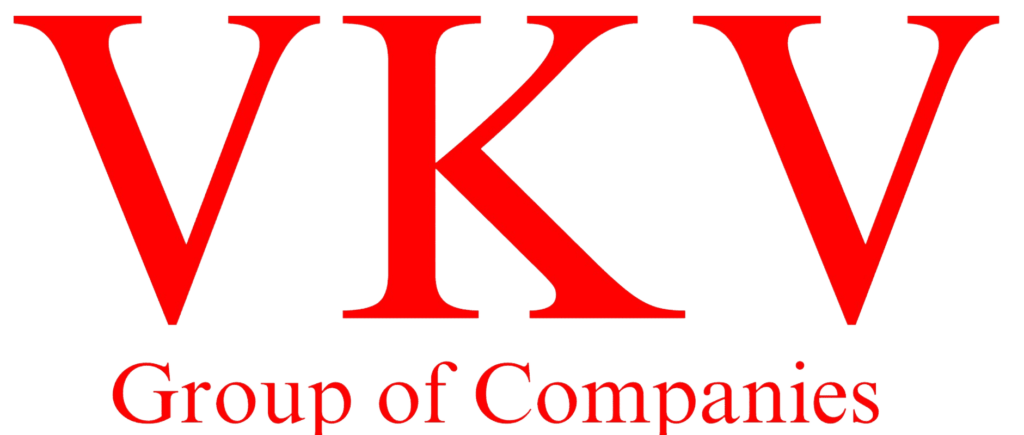
Content is king, and we're here to make sure your content reigns supreme.
Our team produces interesting and pertinent material that draws in your target audience and positions your brand as a leader in your sector.
Content Marketing Strategies
1. Audience Research and Persona Development
- Understand your target audience's demographics, interests, pain points, and preferences. Create detailed buyer personas to guide content creation.
2. Content Creation2. Define Clear Goals and Objectives
- Determine what you want to achieve with your content marketing efforts. Goals could include brand awareness, lead generation, customer retention, or thought leadership.
3. Keyword Research and SEO Integration
- Identify relevant keywords and phrases related to your industry, products, or services. Optimize your content for search engines to improve visibility.
4. Content Calendar and Planning
- Create a content calendar that outlines when and what type of content will be published. This ensures consistency and helps maintain focus.
5. Diverse Content Formats
- Produce a variety of content types such as blog posts, infographics, videos, podcasts, eBooks, webinars, and more to cater to different audience preferences.
6. Quality over Quantity
- Focus on creating high-quality, valuable content that addresses the needs and interests of your audience rather than churning out a high volume of content.
7. Storytelling and Brand Narrative
- Use storytelling techniques to convey your brand's values, mission, and personality. Narratives help create emotional connections with your audience.
8. Distribution and Promotion
- Utilize multiple channels to distribute and promote your content, including social media, email marketing, influencer partnerships, and paid promotion.
9. Engagement and Interaction
- Encourage audience engagement through comments, shares, likes, and discussions. Respond to comments promptly and facilitate conversations.
10. Measure and Analyze Performance
- Track key metrics like website traffic, engagement rates, conversion rates, and lead generation. Use analytics tools to gain insights.
11. A/B Testing and Optimization
- Experiment with different content formats, headlines, visuals, and CTAs to identify what resonates best with your audience.
12. Repurposing and Updating Content
- Repurpose successful content into different formats (e.g., turning a blog post into a video). Also, update older content to keep it relevant.
13. Thought Leadership and Expertise
- Establish your brand or organization as an industry authority by producing in-depth, informative content that showcases your expertise.
14. User-Generated Content (UGC)
- Encourage your audience to create and share content related to your brand. UGC can be a powerful trust-building tool.
15. Community Building
- Foster a sense of community around your brand or content by engaging with your audience, hosting discussions, and creating forums or groups.
16. Leverage Influencers and Partnerships
- Collaborate with influencers or other businesses in your industry to expand your reach and tap into new audiences.
17. Stay Agile and Adapt
- Keep an eye on content trends, emerging platforms, and changes in consumer behavior. Be willing to adapt your strategy accordingly.
18. Content Governance and Compliance:
- Ensure that your content complies with industry regulations, copyright laws, and privacy policies.
























